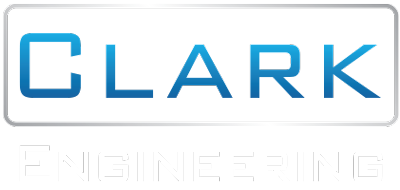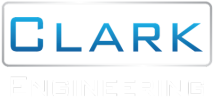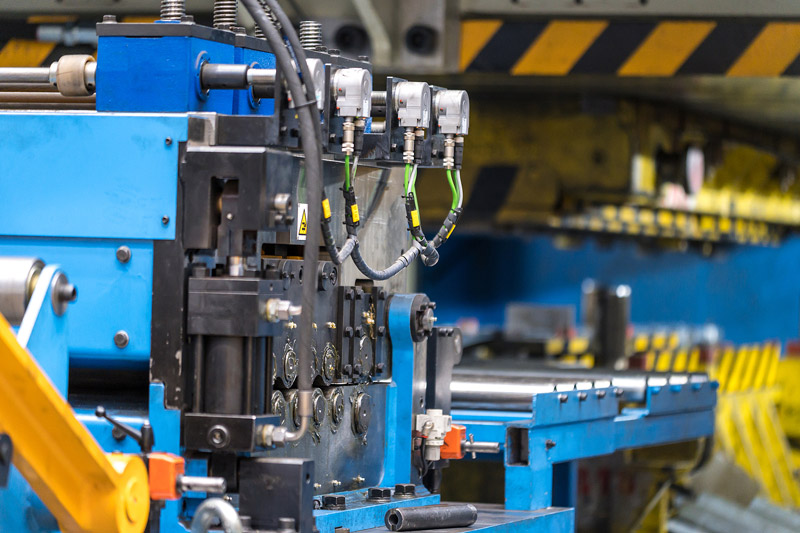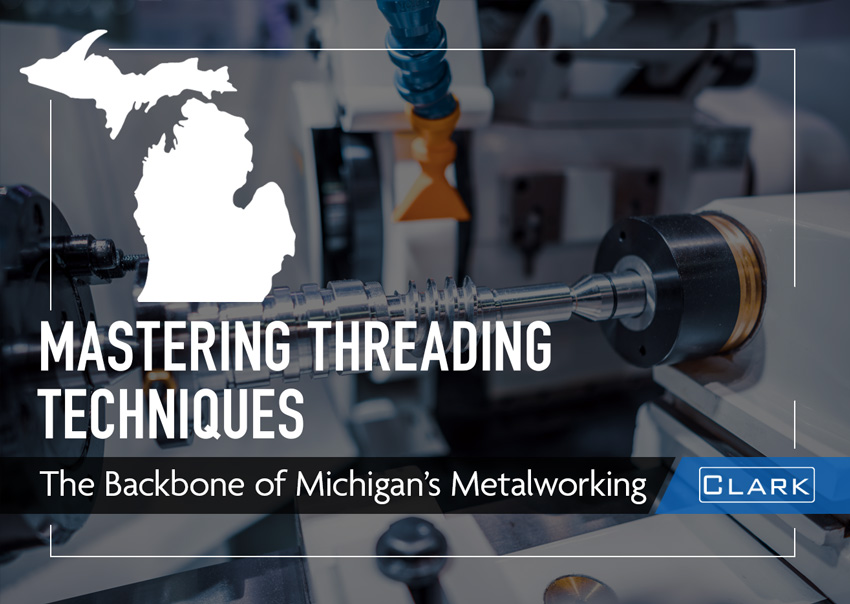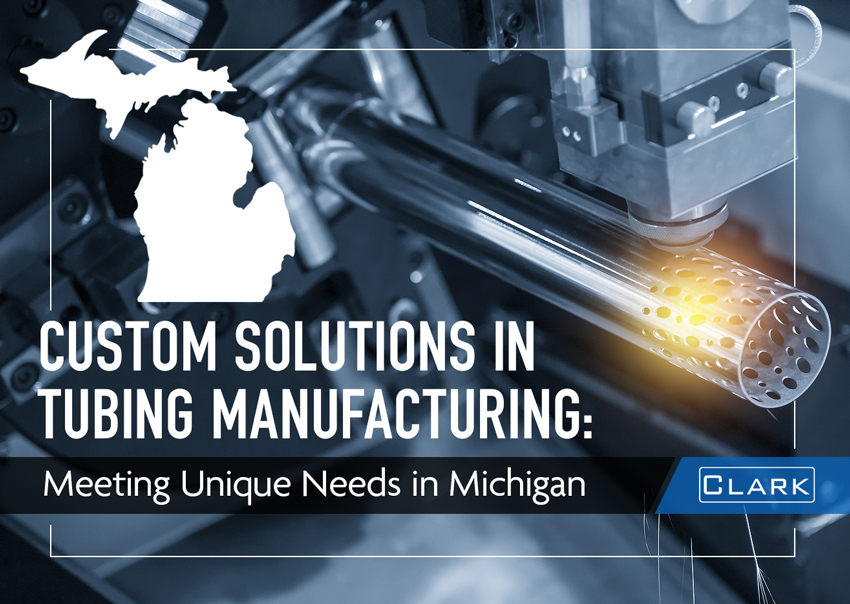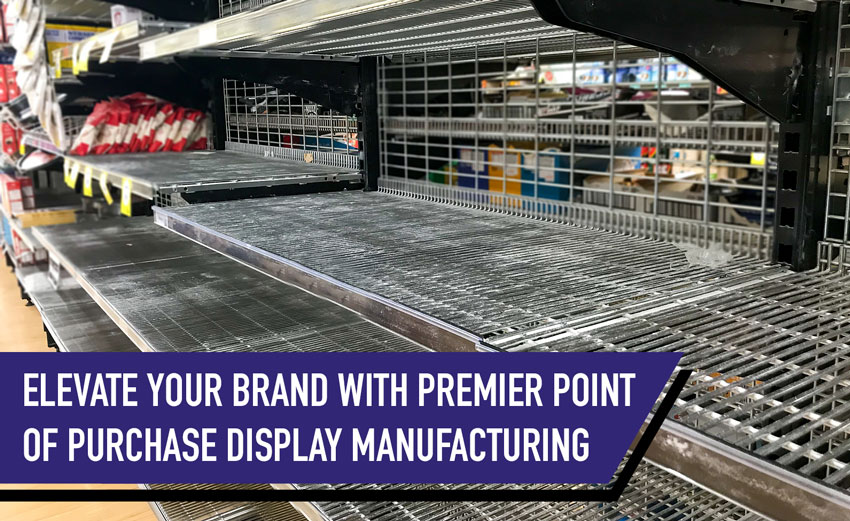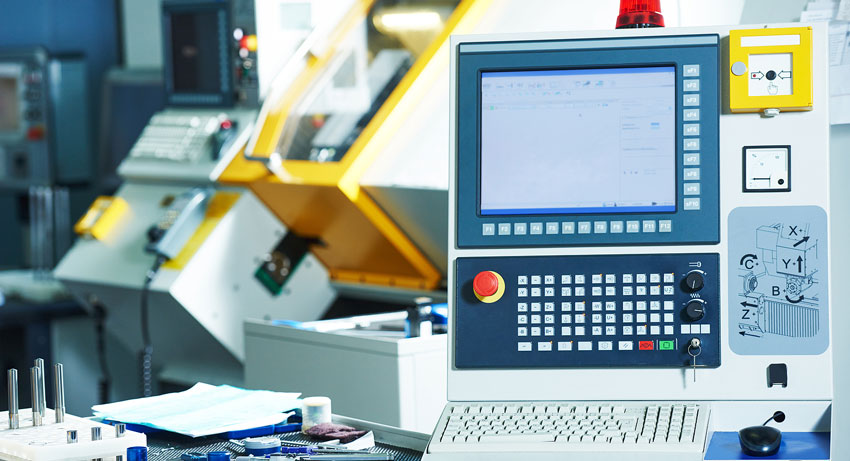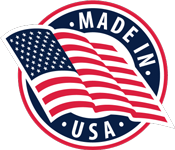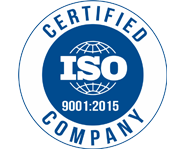A mechanical press is a popular machine used in the manufacturing industry. It’s most reputable for its high-end products and affordable operations.
Before we move on to the mechanical press and its anatomy, you should know about metal stamping. Once you understand the metal stamping process, it’ll be easier to comprehend the anatomy of the mechanical press.
What is Metal Stamping?
Stamping or pressing is a method used in metal manufacturing. It primarily uses a plain metal sheet (either blank or in coil form) for stamping. It is where the machine and the die surface create the product shape in the raw metal added to the stamping machine.
The metal stamping processes are pretty versatile as they include multiple processes. These include: punching with a machine press
- Flanging
- Embossing
- Coining
- Blanking
- Bending
Each of these process differences may vary depending on the final product type required by a metal manufacturer.
There’s a single-stage procedure on the sheet metal part in which every stroke within the press creates the desired result. Sometimes, the process may also be complete after passing through different processes.
In most cases, professionals in the manufacturing industry may carry out the stamping on the metal sheet. However, you may also see stamping on other complex surfaces, such as polystyrene.
The dies that operate in stages or multiple progressions utilize steel coils, the coils used for unwinding the coils and then adding them to a feeder that advances the raw materials to the press and dies and the required length.
The manufacturers add this length in advance to avoid any errors in manufacturing. The number of die stations required may vary based on the final designs of the metal pressing.
Stamping Mechanical Press Function
Since we are discussing the basics of a mechanical press, one should consider the function of the stamping process to better understand each component’s function.
There’s a variety of mechanical processes that you might use in manufacturing. Professional utilizes the press in metal forging and manufacture. In other cases, it may also be used for sheet metal work. The requirement of force determines the best option for the mechanical press type.
The extrusions can usually produce longer, consistent force through a larger area. However, the mechanical press may also be a good option for professionals looking for an impact extrusion. It is because the mechanical process provides a repeatable, quick and efficient use of force over a certain distance.
The exact distance required may vary according to the product the manufacturers wish to get. On average, the machine presses used in commercial manufacturing have a pressing capacity ranging up to 12,000 tons (or 24,000,000 lbs).
The Anatomy of the Mechanical Press: Parts you should know
The mechanical process is a relatively more straightforward setup used by commercial manufacturers. Each part within the mechanical press has a progressive role and can determine the overall efficiency of these parts. Here’s a quick list of the parts in the mechanical press:
Base
The base is a support area for the machine press, allowing clamping and titling within the press setup. You may find the base mainly in the inclined press, which serves as the foundation for the whole mechanism.
Frame
The frame is the primary design in which all the mechanical press components are fit. Most of the presses used in commercial manufacturers have this frame design. You will find it on the straight side type with a C-shaped frame. The C-shaped frame handles Ram’s vertical thrust during operations.
Bolster Plate
The bolster plate is a simple plate that’s on the base to add support for the die block and the other components set on the mechanical press.
Ram
Ram is a component within the mechanical press that slides into the press and moves the guide fitted onto the bottom of the setup. With the Ram, the mechanical press operates freely and can better operate for the process.
Pitman
There’s a simple metal road which connects the crank within the eccentric driven press that’s called the pitman. The manufacturers can change the stroke ram’s position by changing the connecting rod’s length.
Driving Mechanism
The pitman and other driving mechanisms are the most crucial component of any mechanical press’s design.
With these driving mechanisms, the component’s movement converts to the reciprocating movement of various parts. These parts include:
- The Ram by crank
- Eccentric and connecting rod
- Connecting rod
- Other mechanisms set within the mechanical press
Fly Wheel
The flywheel is the component on the driving shaft end and connects to the rest of the setup with a clutch. You will find a flywheel that stores all the remaining energy. This wheel stays idle and uses Ram’s speed. The speed is used when the punch presses into the work.
The flywheel connects and couples to the electric motor, allowing flawless operations within the mechanical press.
Clutch
The clutch primarily maintains and cuts off the connection between the driving shaft and the flywheel when the manufacturers need to stop or start the movement of the Ram.
Brakes
The mechanical press brakes help control the driving shaft’s movement as soon as a user shuts it off during operations. With the brakes, the mechanical press operates appropriately for maximum efficiency within the mechanical press.
Operating the Mechanical Process: How to do it?
Mechanical presses are large-sized machines, which might be a little intimidating for some users. However, with a bit of proper training, anyone can use them.
If you wish to use the mechanical press, you need to learn a three-step process that begins with placing the material on the die to keep it in place.
The operator can add pressure and change the material’s shape as required. Once all of this is done, the final product leaves the machine.
Users should know all the mechanical press parts should be appropriately lubricated and performed correctly to avoid any issues during the performance. With the steps mentioned above, manufacturers can use the mechanical press efficiently and avoid any performance issues.
Bottom Line
A mechanical press is a fundamental and practical machine used in manufacturing. It is a large and complex machine that might be challenging to understand. You can use the info in this guide and use the mechanical press better for future manufacturing needs.
